Sindhi cuisine is renowned for its robust flavors and hearty preparations, and one of the most wholesome and iconic dishes from this cuisine is Sai Bhaji. A flavorful blend of lentils, fresh greens, and seasonal vegetables, Sai Bhaji is more than just food—it’s comfort in a bowl. The dish offers a satisfying, one-pot meal that nourishes both the body and the soul. But to extract the best flavor and texture from this dish, choosing the right cooking method—and more importantly, the right pressure cooker—is key.
Table of Contents
Why Use a Pressure Cooker for Sai Bhaji?
Sai Bhaji involves cooking chana dal (Bengal gram), which takes longer to soften, alongside leafy greens and vegetables. Cooking this mix in a regular pot can be time-consuming and may result in uneven cooking—especially if the greens overcook before the lentils are ready, or the vegetables turn mushy while waiting for the dal to soften.
A pressure cooker not only significantly reduces cooking time but also ensures that all the ingredients—especially the dal and greens—cook together harmoniously. The high-pressure steam breaks down the fibers in the greens and softens the dal quickly without compromising nutrients or flavor. Plus, pressure cooking helps retain the vibrant color of the greens and the natural aromas of the vegetables and spices.
Best Cooker for the Job: Meyer Presta Stainless Steel Pressure Cooker
The Meyer Presta Pressure Cooker stands out as an excellent choice for preparing Sai Bhaji for several compelling reasons:
-
Tri-ply Stainless Steel Construction: This ensures even heat distribution from base to rim, preventing hotspots and uneven cooking. When cooking Sai Bhaji, this helps in preventing the dal from sticking to the bottom while allowing the vegetables to cook evenly.
-
Non-reactive Body: Greens like spinach and ingredients like tomatoes or tamarind are mildly acidic. The non-reactive stainless steel body ensures that these ingredients retain their natural taste and don’t leach any metal flavor.
-
High-pressure Efficiency: Meyer Presta builds pressure quickly and maintains it steadily, which is ideal for chana dal to soften properly while the greens and veggies retain their structure and nutrients.
-
Easy-to-Use and Safe: With its advanced safety features, ergonomic handles, and clear pressure indicators, it’s convenient for both seasoned and novice cooks.
-
Durability & Style: The aesthetic finish and durable build make it not only a practical choice but also a stylish addition to your kitchen.
MEYER Presta Tri-Ply With Outer Lid Pressure Cooker 5.5L
How to Cook Sindhi Sai Bhaji in a Meyer Presta Pressure Cooker
Ingredients:
-
1 cup spinach, chopped
-
½ cup dill leaves (optional, for added flavor)
-
¼ cup methi (fenugreek) or amaranth leaves (optional)
-
½ cup chana dal (soaked for at least 30 minutes)
-
1 medium brinjal, chopped
-
1 medium potato, peeled and chopped
-
1 tomato, chopped
-
1 onion, finely chopped
-
2–3 garlic cloves, minced
-
1 green chili, slit
-
¼ tsp turmeric powder
-
Salt to taste
-
1 tbsp mustard oil or ghee
-
Water as required
Optional for garnish:
-
A dollop of ghee
-
Fried garlic or red chili tempering
Method:
-
Sauté the base: Open the Meyer Presta Pressure Cooker and heat mustard oil or ghee. Add onions, sauté until soft, then add garlic and green chili.
-
Build the flavor: Stir in chopped tomatoes, cook until mushy. Add turmeric and salt.
-
Combine everything: Add soaked chana dal, chopped spinach, brinjal, potato, and any other greens. Stir well.
-
Add water: Pour in about 1.5 to 2 cups of water—enough to submerge all ingredients but not too much that it turns watery.
-
Pressure cook: Secure the lid. Cook on medium heat for 4–5 whistles, depending on the texture you want.
-
Let it rest: Allow the pressure to release naturally. Once opened, lightly mash the dal and vegetables to give the dish a creamy consistency.
-
Finish with tempering (optional): Add a final tempering of fried garlic or whole red chilies in ghee for a richer flavor.
Tips for Best Results
-
Soaking chana dal for at least 30–60 minutes helps speed up cooking and gives a soft texture.
-
Add a splash of lemon juice or amchur powder at the end if you like your Sai Bhaji a bit tangy.
-
For a richer version, stir in a spoon of ghee before serving.
-
This dish freezes well—make in batches for easy meal prep.
Conclusion
Sai Bhaji is a dish steeped in culture, flavor, and nutrition. To do justice to its depth and richness, cooking it in the right pressure cooker is essential. The aWhether you're cooking for your family or introducing someone to traditional Sindhi flavors, Meyer’s pressure cooker ensures consistent, delicious results every time. Plus, it saves you time and effort while preserving all the goodness that Sai Bhaji brings to your plate.


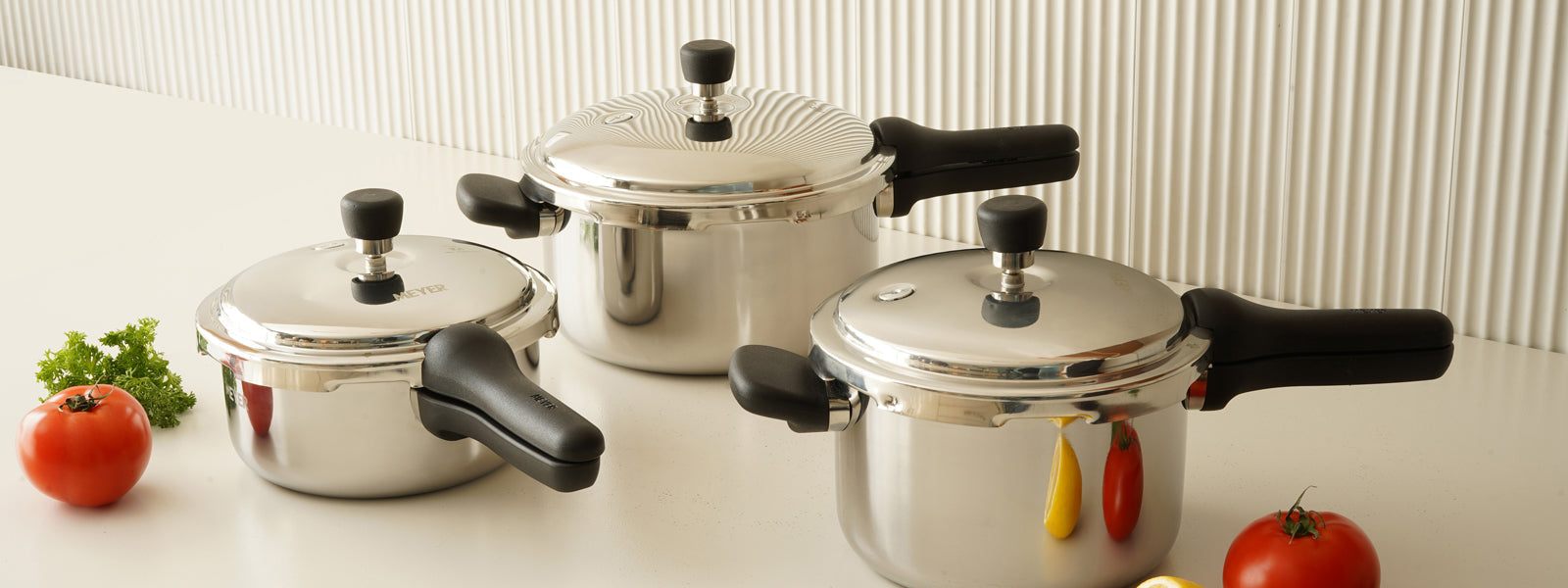
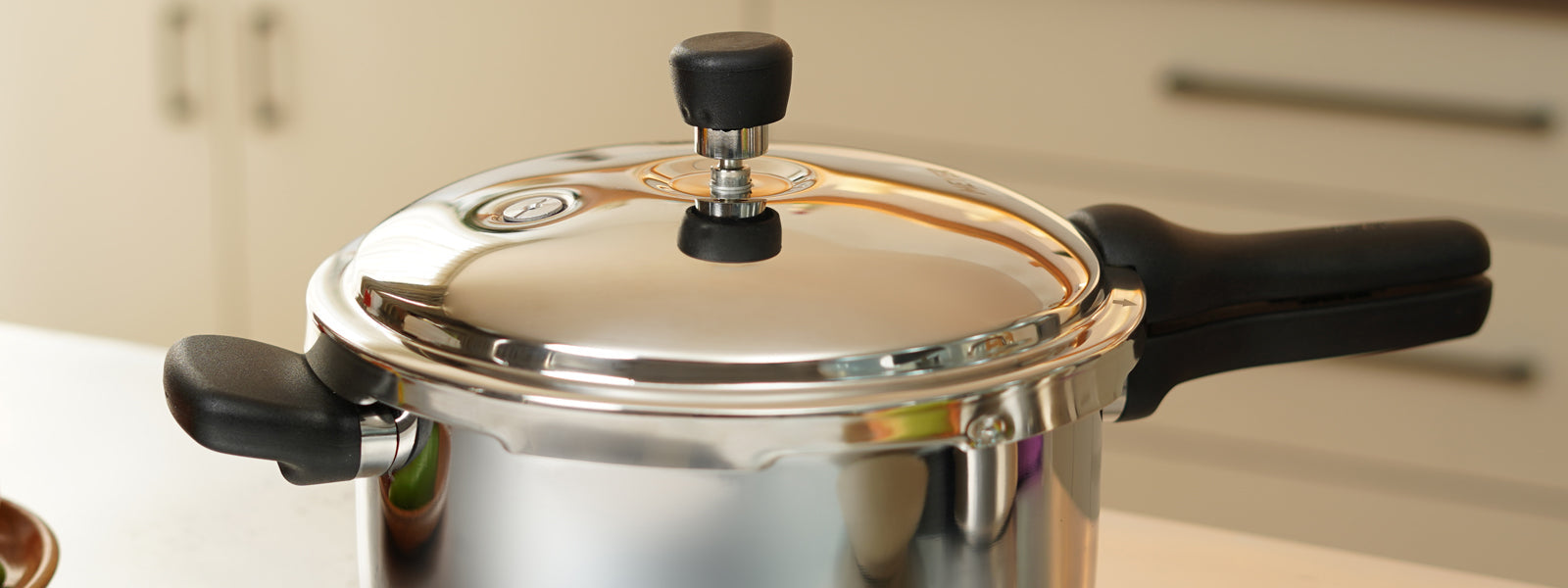
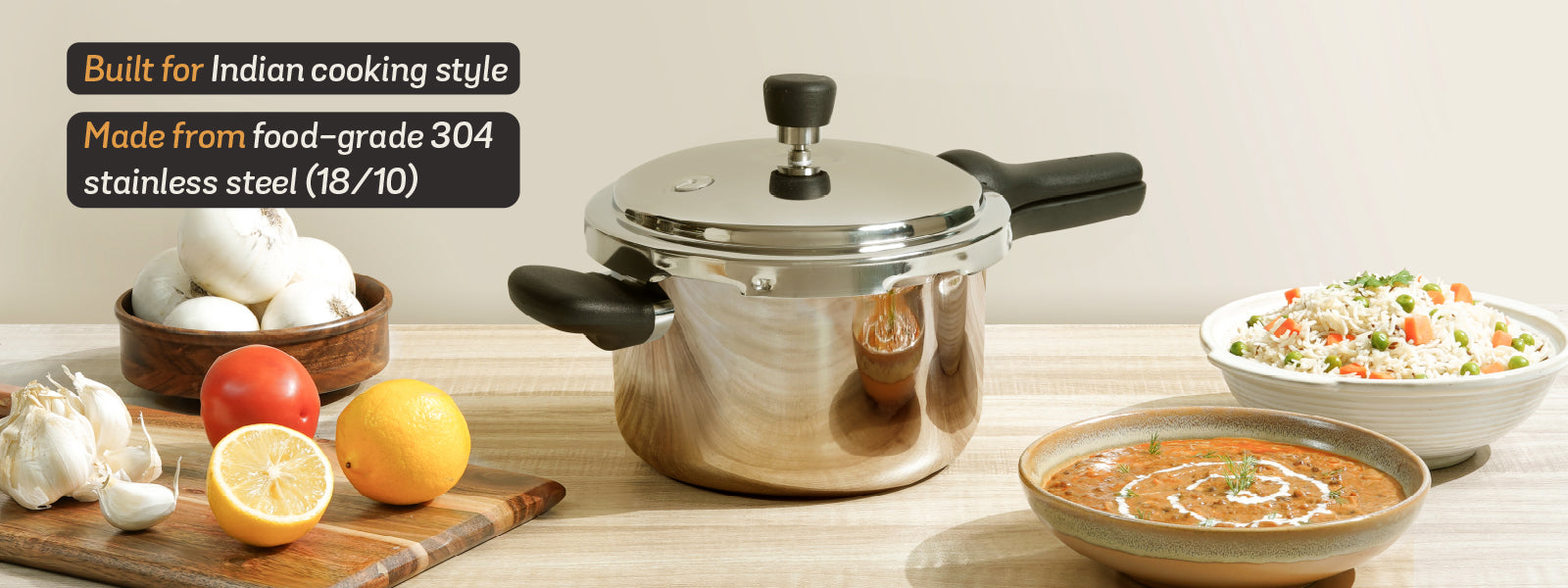
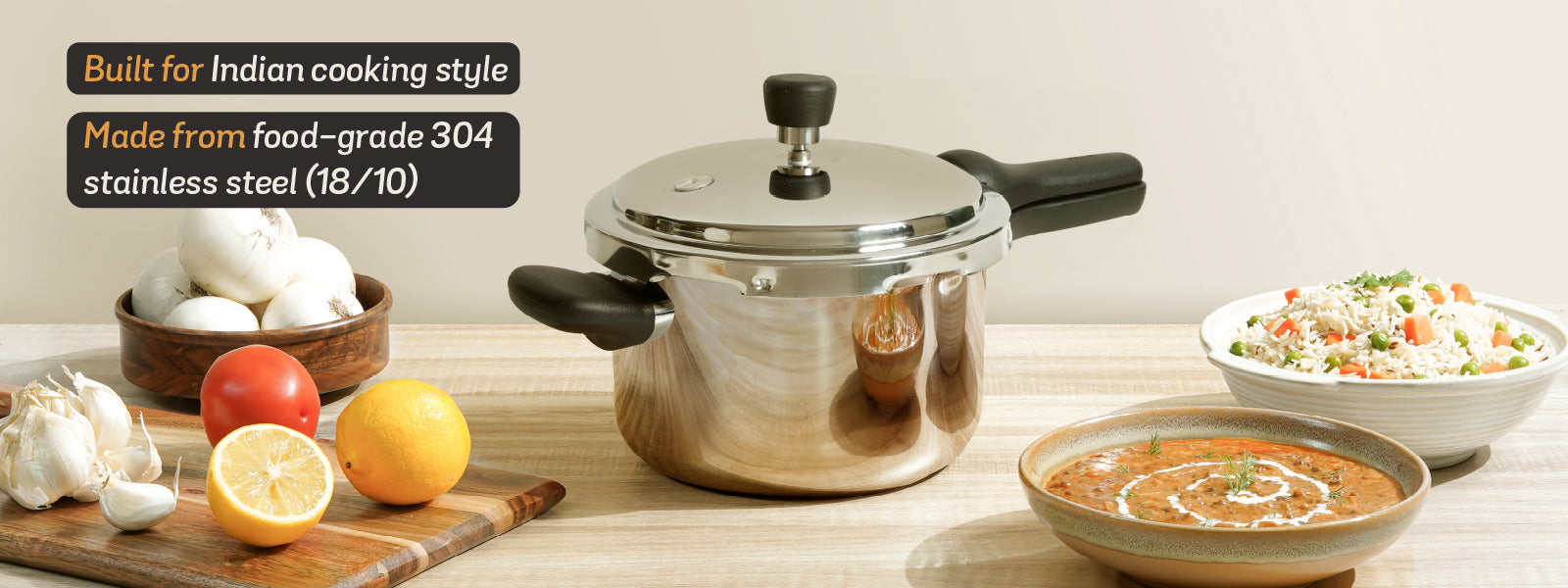
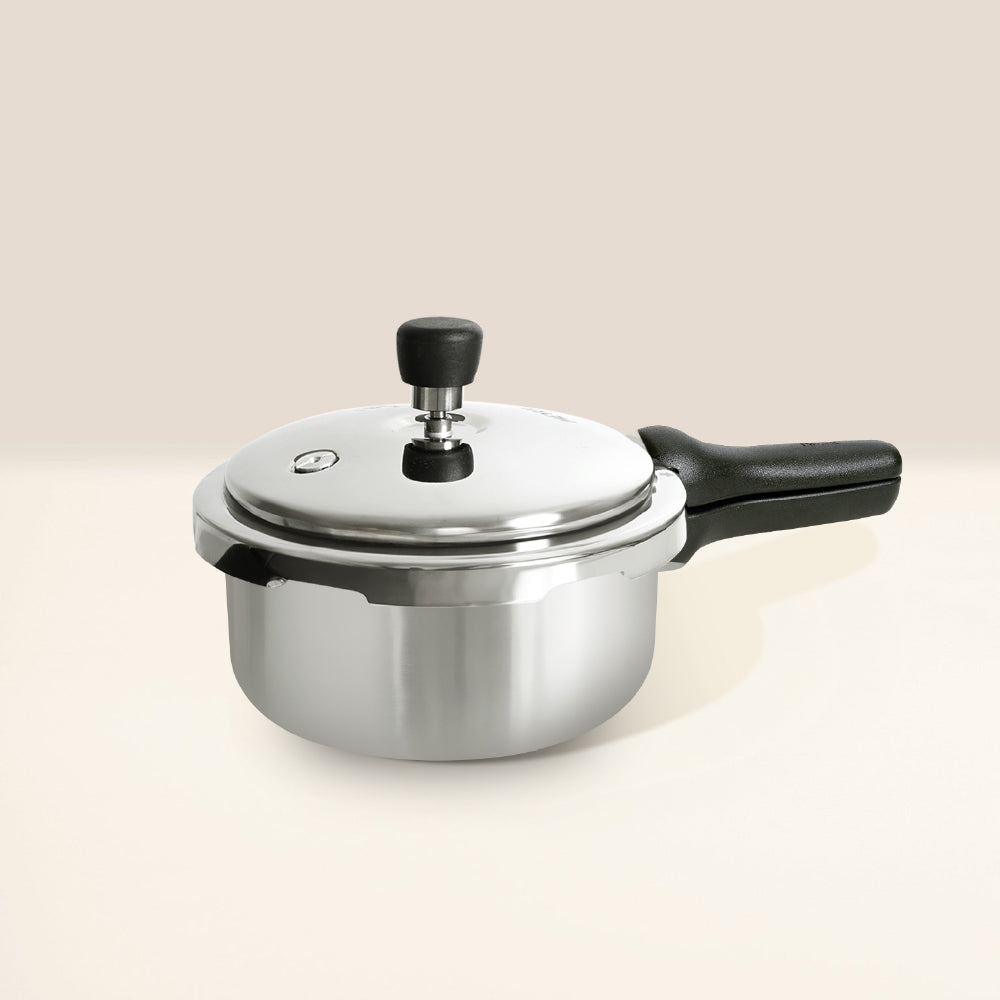
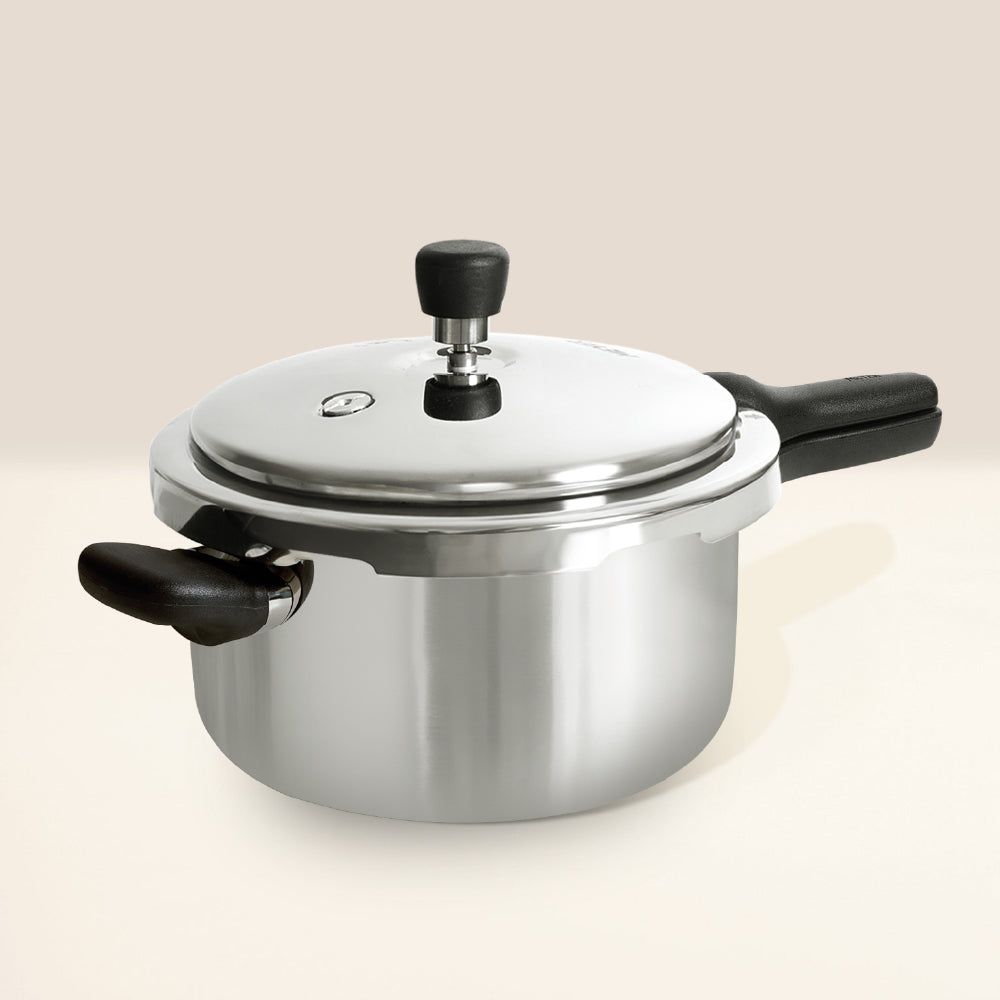




Leave a comment